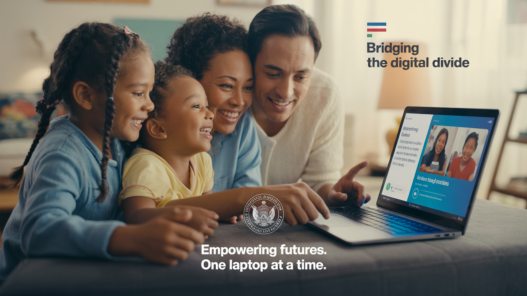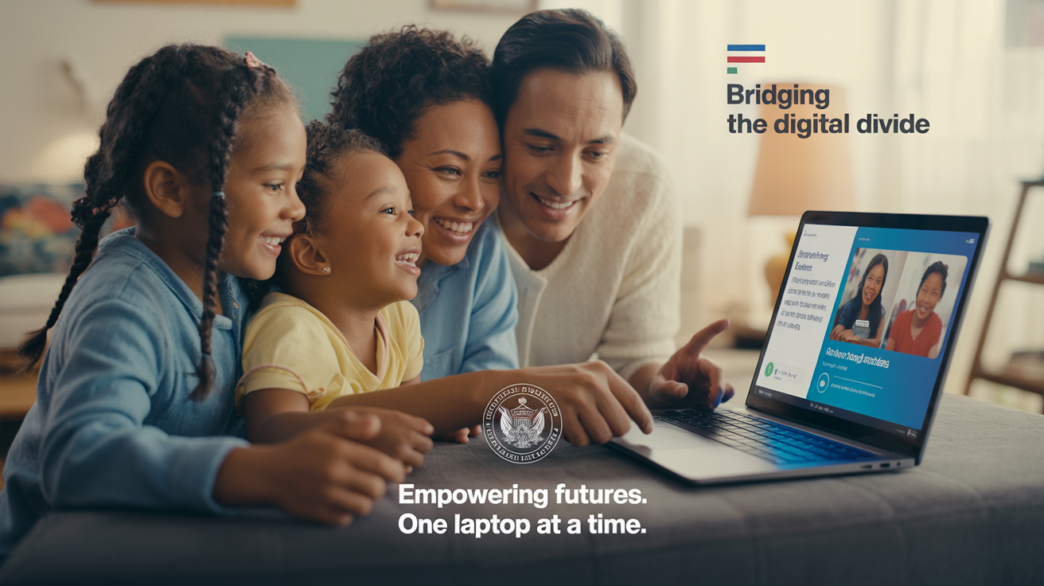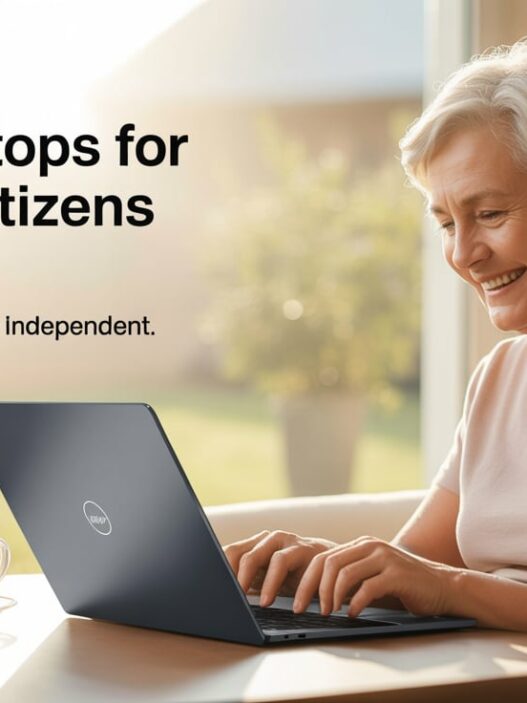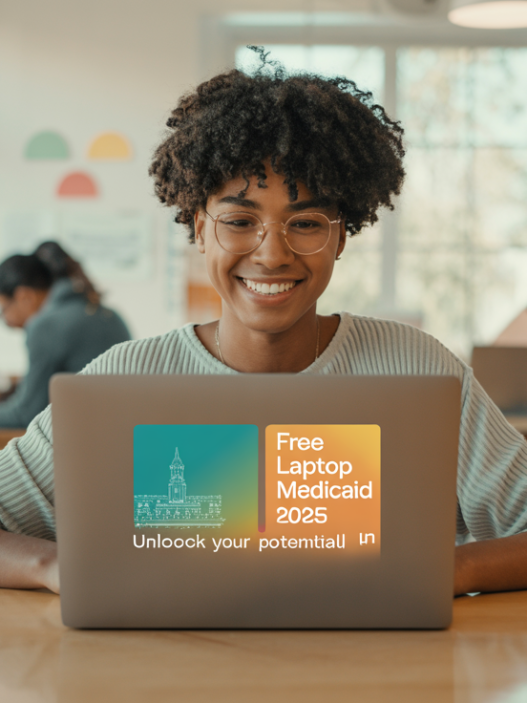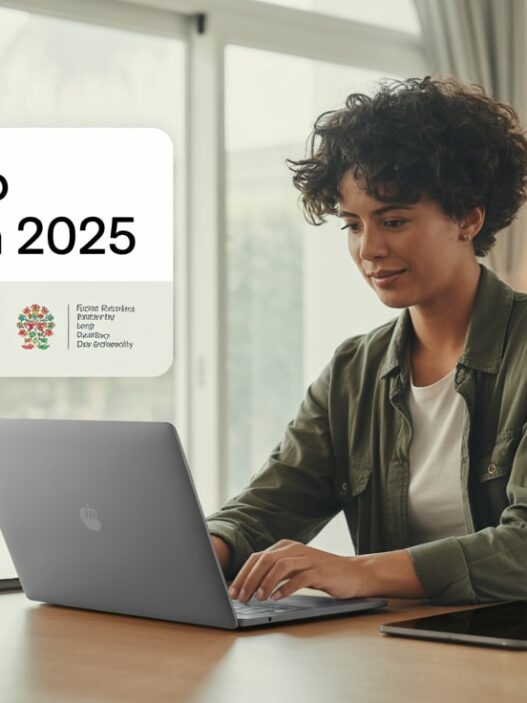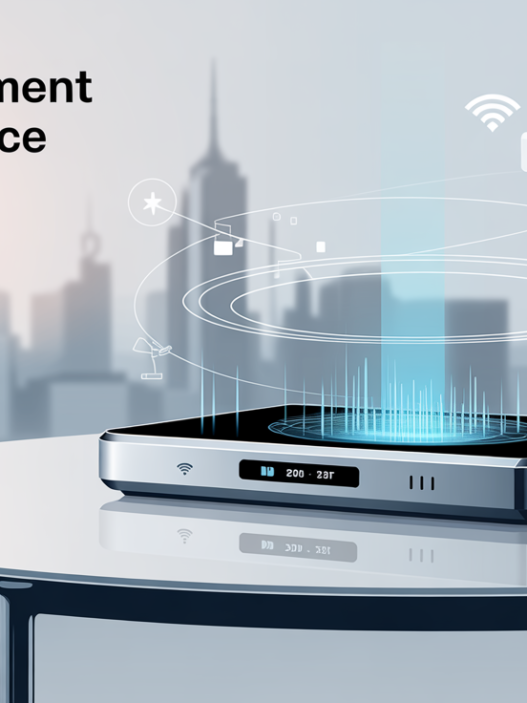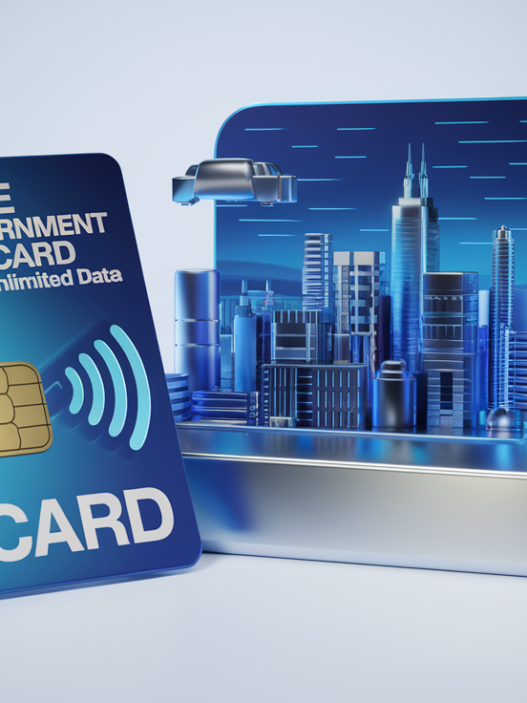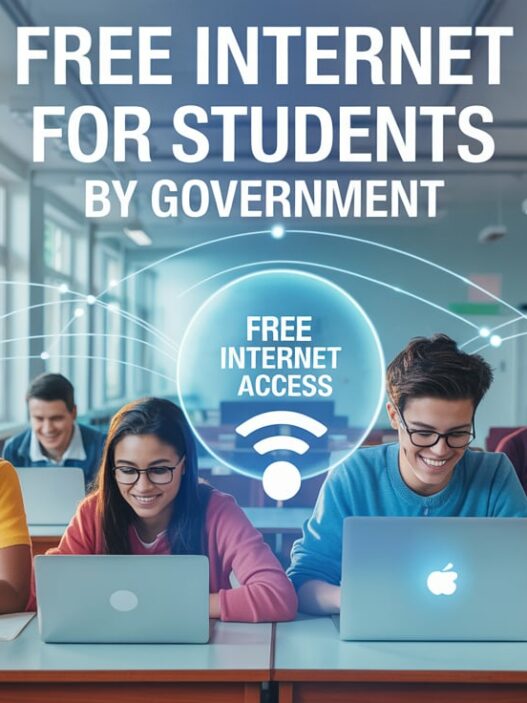Searching for a Free Government Laptop for Low Income Families in 2025? This guide uncovers the top programs, eligibility requirements, and how you can apply today to get a no-cost laptop for your household
Click here to find the latest Free Government Laptop for Low Income Families
